Perl-X® Platinum Crucibles & Molds Description
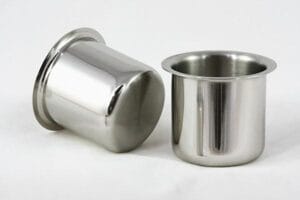
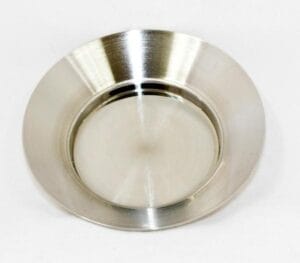
Perl-X® Platinum Crucibles & Molds Specification
Size: Customized
Material: PtAu5 (95% Pt and Au 5%)
Purity: Pt ≥ 99.95%
Below is our regular product list. Custom-made items are also available upon request. We also supply lids to fit virtually all crucibles. You are always welcome to contact us for further information.
All weights are in grams and all dimensions are in millimeters.
Perl-X® Platinum Crucibles
Code | B | A2 | D | A1 | Weight |
PT0202 | 40 | 41 | 41 | 49 | 80 |
PT0203 | 40 | 41 | 41 | 49 | 115 |
PT0204 | 40 | 44 | 44 | 52 | 90 |
PT0205 | 40 | 42 | 38 | 50 | 75 |
PT0206 | 40 | 38 | 28 | 50 | 70 |
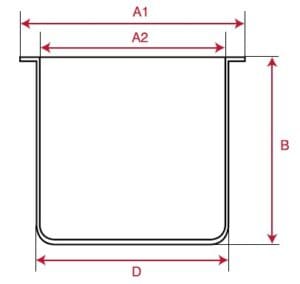
Perl-X® Platinum Lids
Code | Base Diameter | Width | Base Thickness | Weight |
PT0207 | 55 | 60 | 0.5 | 27 |
Perl-X® Platinum Molds
Code | D2 | A2 | A1 | F | C | Weight |
PT0208 | 30.5 | 32 | 65 | 3.5 | 1 | 50 |
PT0209 | 30.5 | 32 | 65 | 4 | 1 | 60 |
PT0210 | 35.5 | 36.5 | 65 | 3.5 | 1 | 50 |
PT0211 | 38.5 | 40 | 65 | 4.5 | 1 | 66 |
PT0212 | 39.5 | 40.5 | 65 | 3.5 | 1 | 60 |
PT0213 | 39.5 | 41.5 | 65 | 3.5 | 1 | 70 |
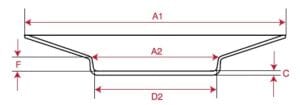
Perl-X® Platinum Crucibles & Molds Packaging
Our Perl-X® Platinum Crucibles & Molds are clearly tagged and labeled externally to ensure efficient identification and quality control. Great care is taken to avoid any damage which might be caused during storage or transportation.

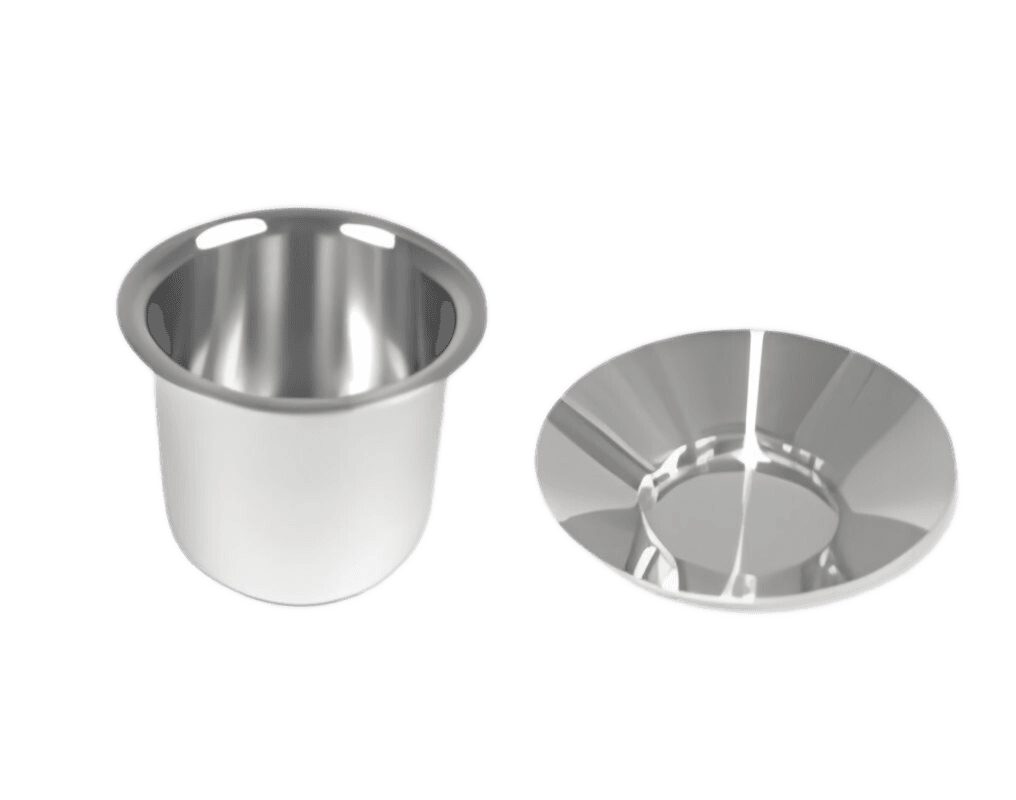
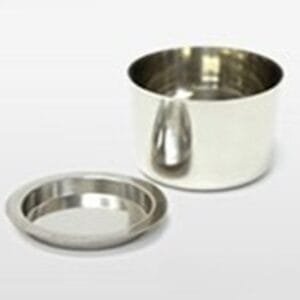
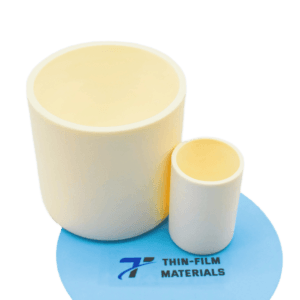
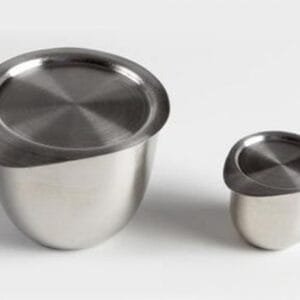
Reviews
There are no reviews yet.